Upper Arun hydro progresses with road construction; domestic investment considered if World Bank withdraws
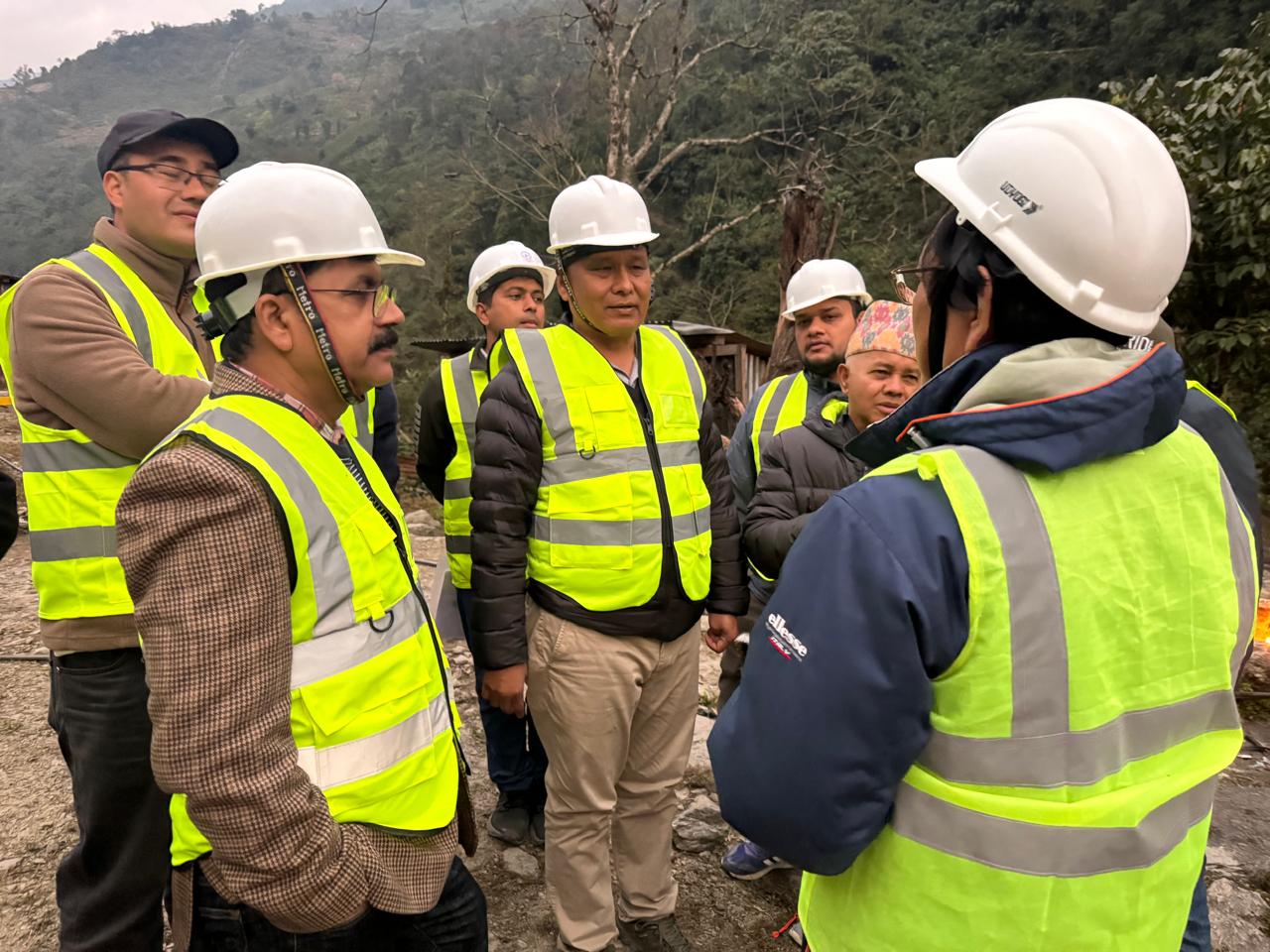
KATHMANDU: The 1,063 MW Upper Arun Semi-Reservoir Hydropower Project, led by the Nepal Electricity Authority (NEA), is progressing with the construction of access roads in the remote and challenging terrain of Bhotkhola Rural Municipality, Sankhuwasabha.
The project, which includes a 21-kilometer access road from the powerhouse site in Chhongrang near Golabazar to the dam site in Chepuwa village, is advancing rapidly. Out of the total road stretch, 2 kilometers require tunneling. Equipment and construction materials, including boomers, excavators, robotic shotcrete machines, and generators, are being transported by helicopters due to the lack of road access. Over 300 helicopter trips have been made so far to deliver the necessary tools.
To facilitate tunneling, storage bunkers for explosives and facilities for security personnel are under construction. The project’s office and staff housing are in the final stages of completion. Delays in obtaining approval for tree felling and land use in national forest areas had previously impacted road construction timelines by one and a half years.
NEA Executive Director Kulman Ghising, who also chairs the Upper Arun Hydroelectric Limited board, inspected the construction site over the weekend. Ghising emphasized the importance of collaboration among stakeholders to expedite access road construction, which is critical for the project’s progress.
World Bank’s Role and Domestic Investment Plan
Regarding funding, Ghising stated that if the World Bank decides not to invest, the project will be developed through a domestic funding model similar to that of the Upper Tamakoshi Hydropower Project. “If the World Bank withdraws, we will mobilize funds from domestic banks, financial institutions, and Nepalese citizens, both at home and abroad,” Ghising assured.
The World Bank has been leading efforts to secure $2 billion for the project, involving partners such as the Asian Development Bank (ADB) and Japan International Cooperation Agency (JICA). However, delays in financial management have raised concerns. Ghising highlighted that discussions with both international and domestic stakeholders are ongoing to finalize the funding model.
The estimated project cost, including inflation and interest during construction, is $1.75 billion (approximately NPR 214 billion), with 70% to be raised through loans and 30% through equity. The equity will include 51% from the promoter, Upper Arun Hydroelectric Company, and 49% through public shareholding.
Strategic Importance
The project aims to generate 4.53 billion units of electricity annually, with 30% of production during Nepal’s dry winter months. The power will be transmitted via a 6-kilometer 400 kV transmission line to a proposed substation in Sankhuwasabha. Additionally, the 40 MW Ikhuwa Hydropower Project, also under the People’s Hydropower Program, is being developed as a complementary component of Upper Arun.
The Upper Arun project is designed to operate at full capacity for six hours daily during the winter season, addressing Nepal’s peak electricity demand. Expected to commence construction in early 2026 and finish by 2031, the project is anticipated to significantly transform the country’s energy sector and economy.
With private land acquisition nearly complete and 99% compensation disbursed, resettlement efforts for approximately 22 displaced households are underway. Environmental and social impact assessments suggest minimal adverse effects, further solidifying the project’s feasibility.
Despite the challenges, Ghising reaffirmed the NEA’s commitment to completing the project, even under a domestic investment framework if necessary. “Whether through foreign or local funding, we will ensure the project’s success,” he concluded.
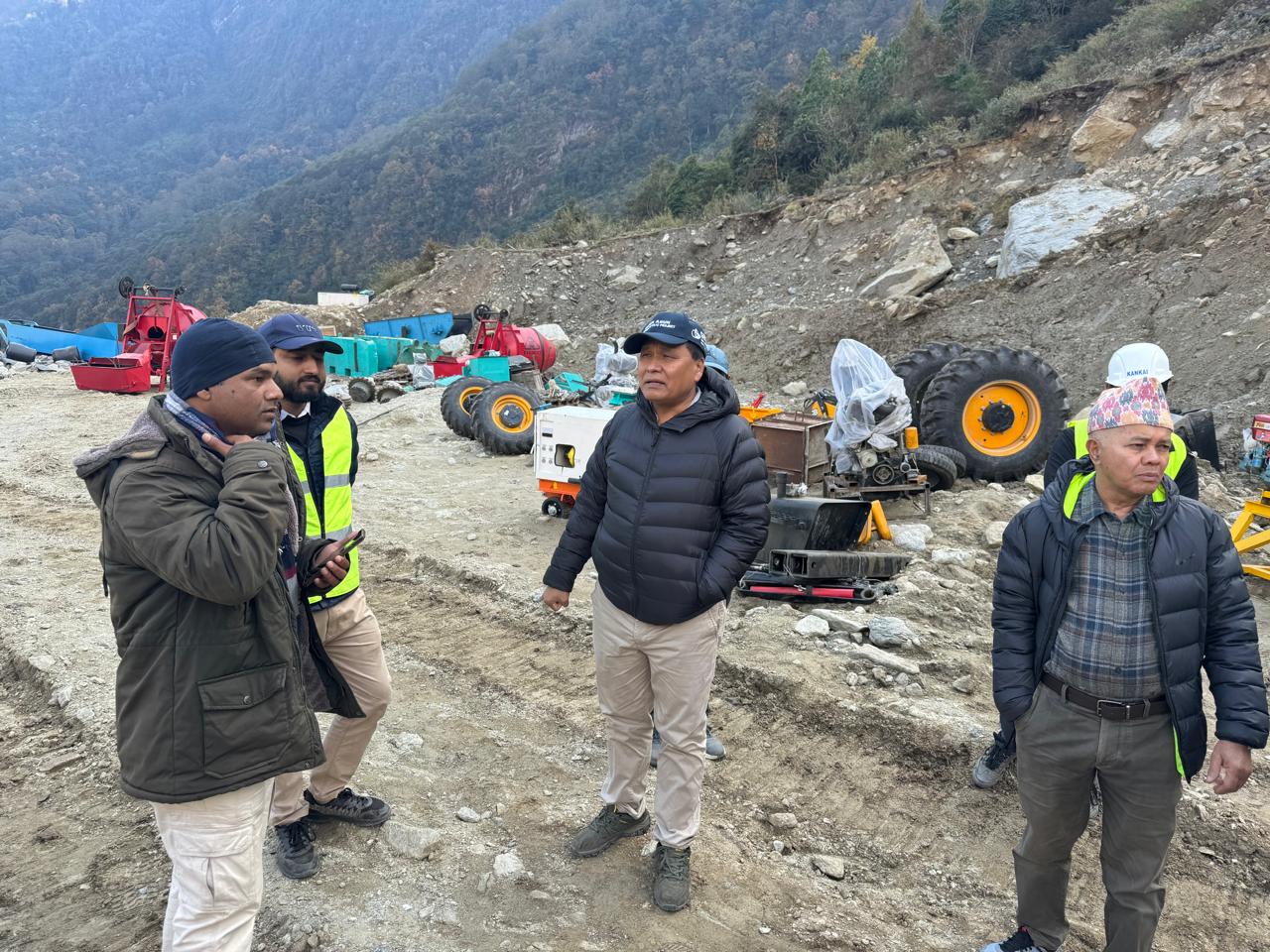
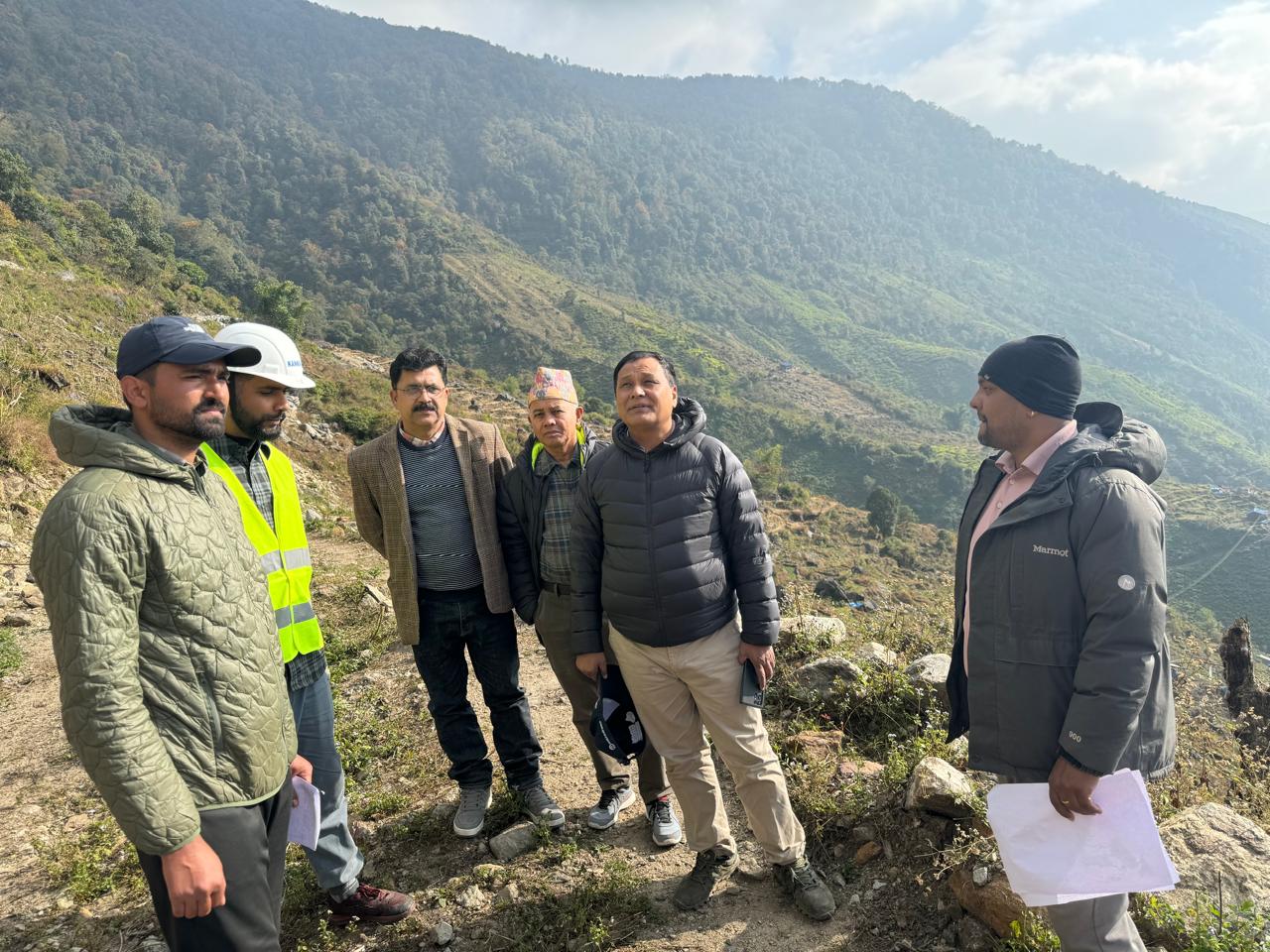



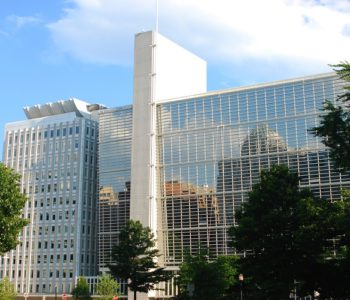


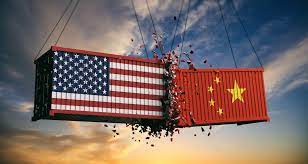
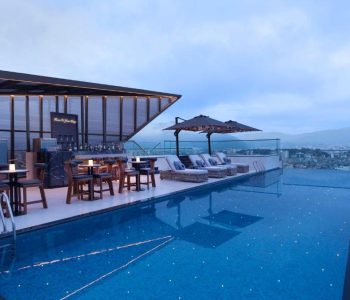


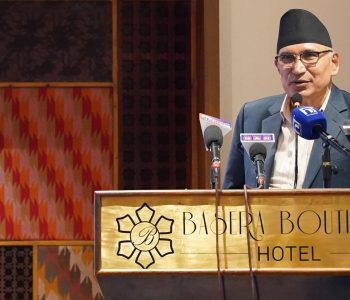
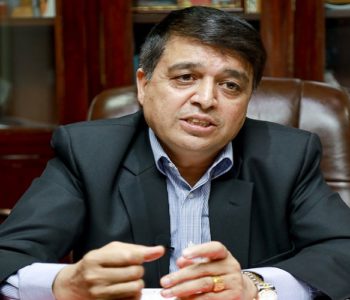

Facebook Comment